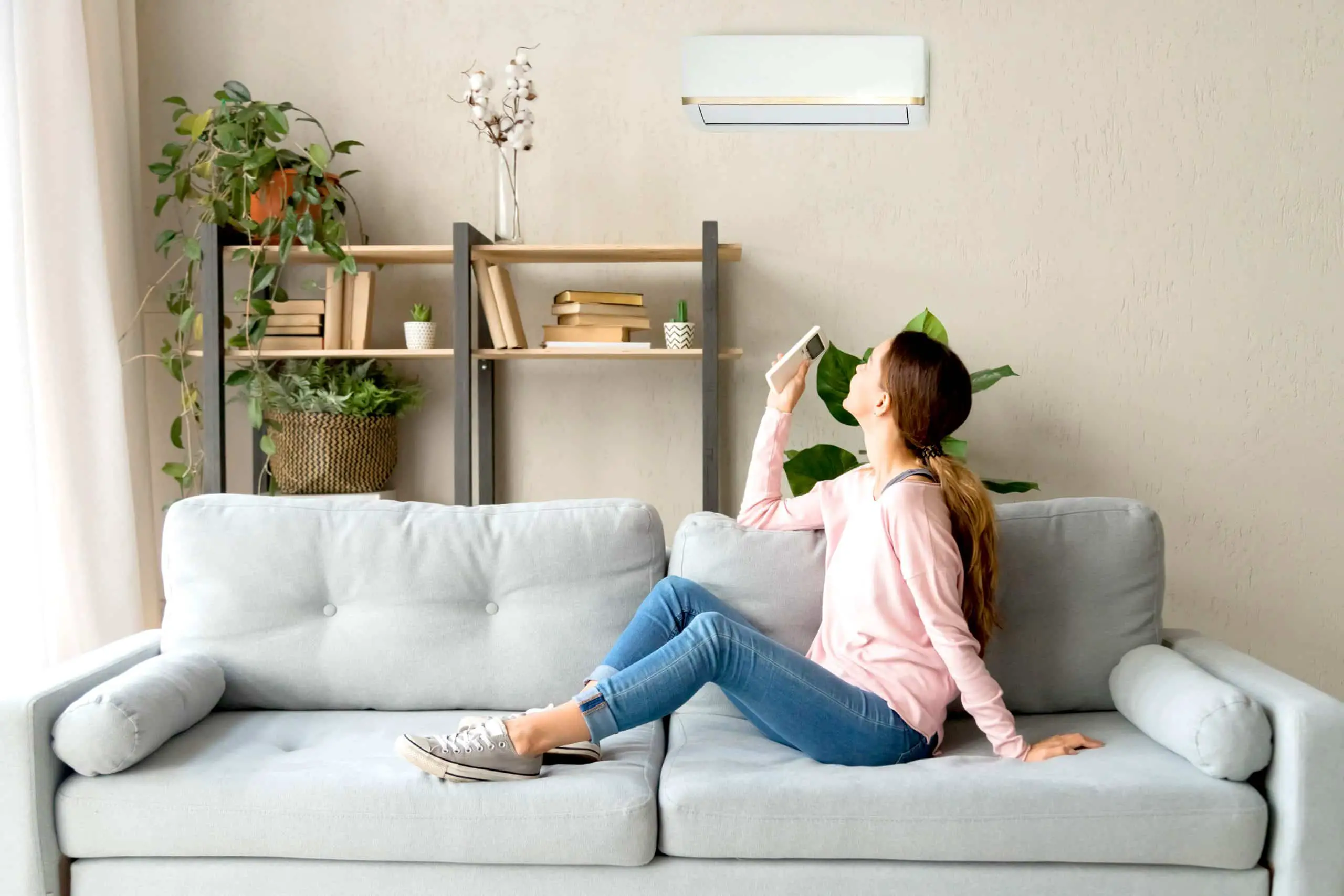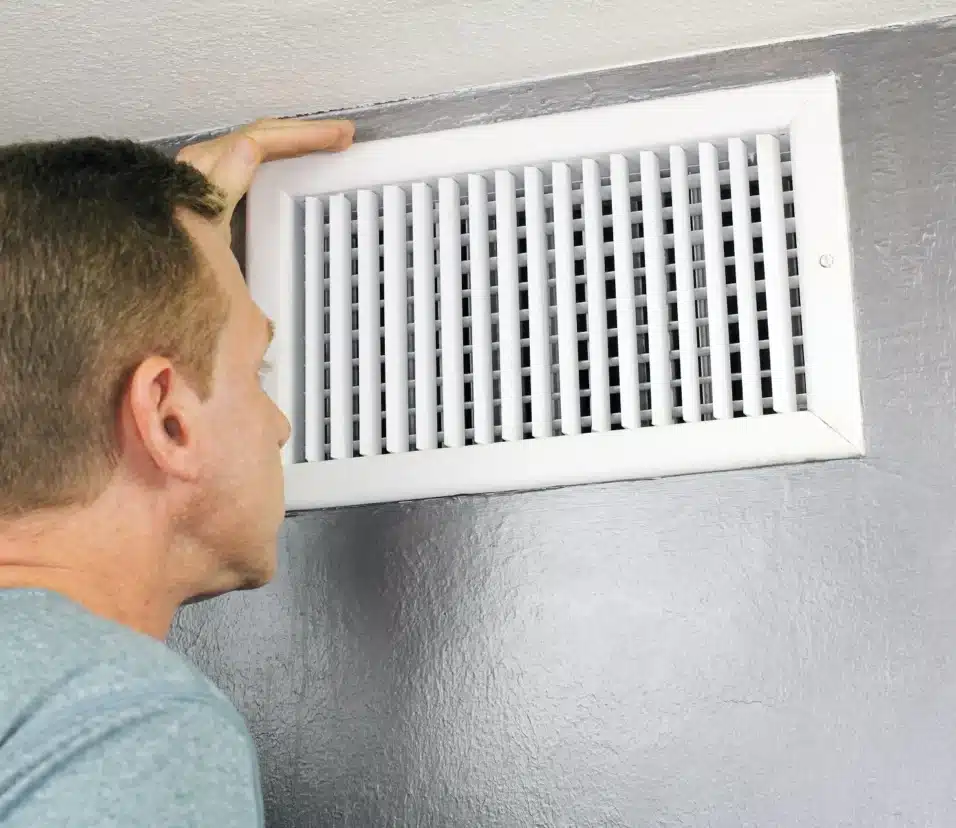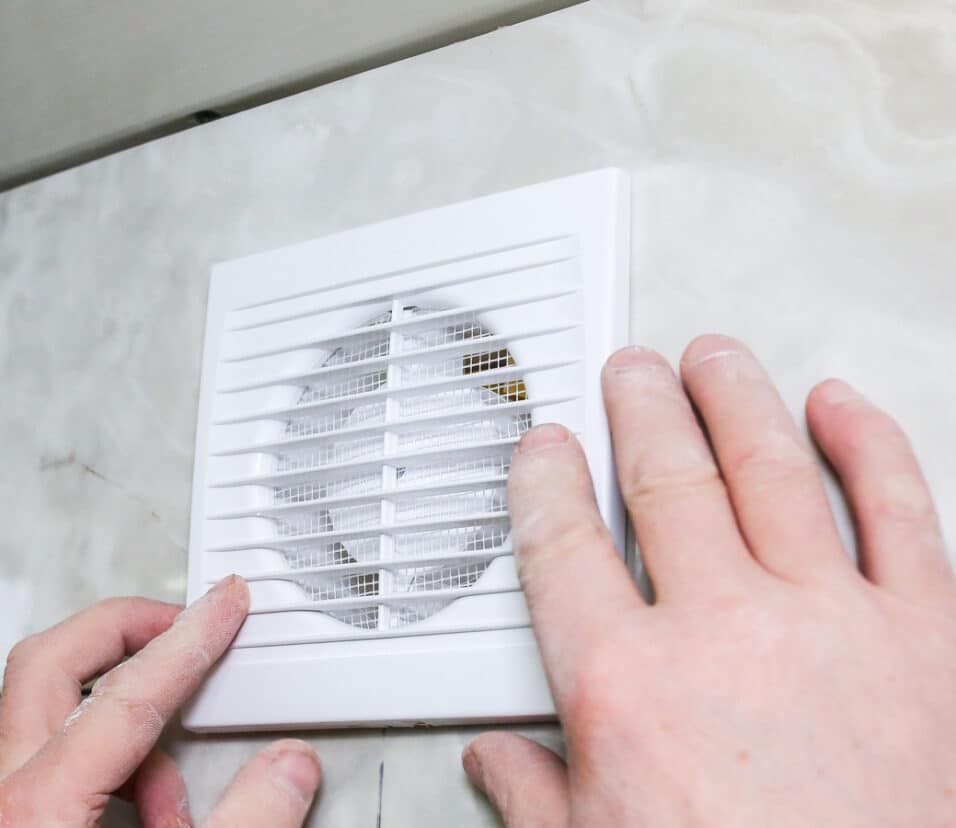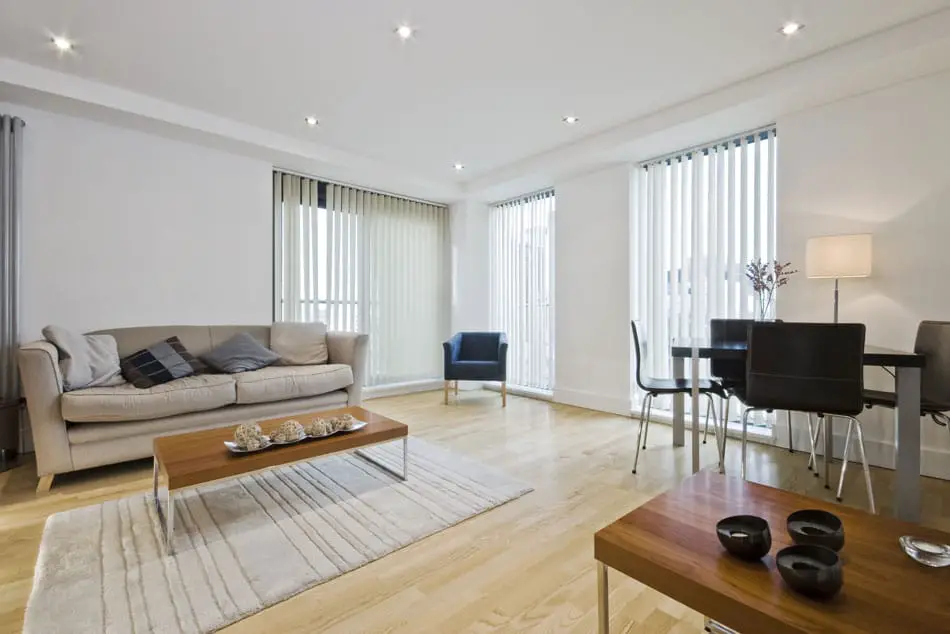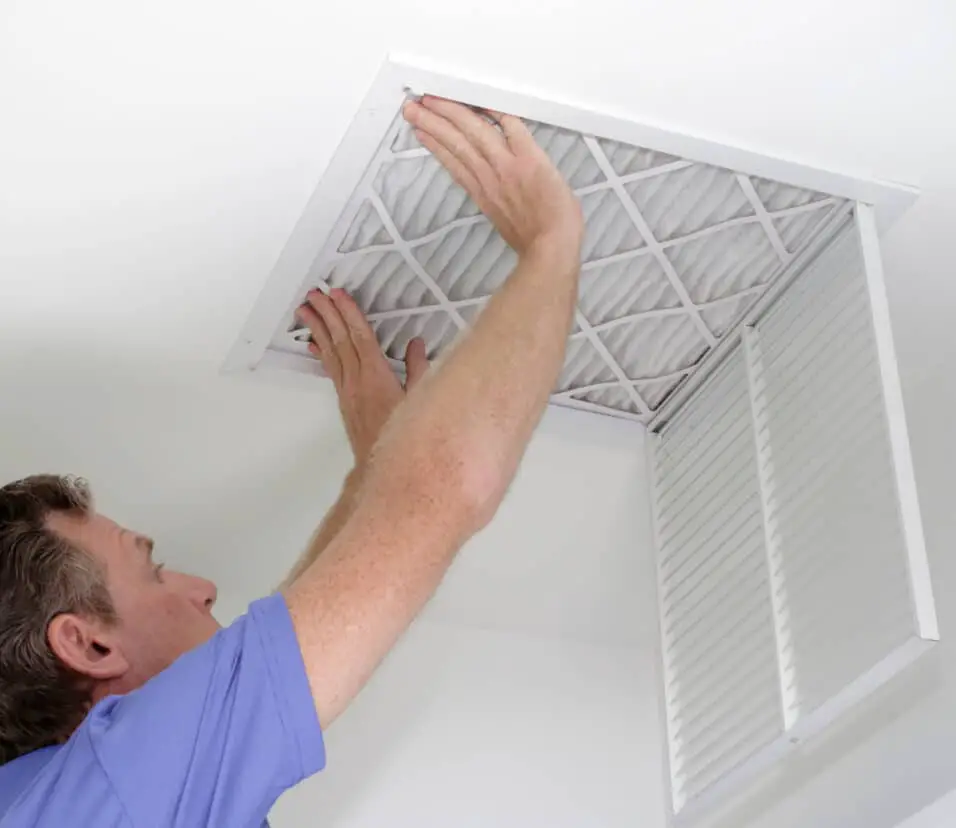How To Ventilate A Room
Introduction
How To Ventilate A Room: Proper room ventilation is a fundamental aspect of creating a healthy and comfortable living environment. Whether it’s your home, office, or any indoor space, adequate ventilation plays a crucial role in maintaining indoor air quality, regulating temperature, and preventing the buildup of pollutants. “How to Ventilate a Room” serves as a comprehensive guide to understanding the significance of ventilation and the various techniques available to achieve optimal air circulation.
Indoor spaces can easily accumulate a range of contaminants, such as allergens, odors, moisture, and even harmful chemicals. Without effective ventilation, these pollutants can become trapped, leading to discomfort and potential health issues. This guide delves into the importance of a well-ventilated big room and how it directly impacts the well-being of occupants.
This article covers natural and mechanical ventilation strategies, including when and how to open windows strategically, use exhaust fans properly, and cross-ventilate for fresh air. It also balances energy efficiency and ventilation to meet the space’s needs while saving electricity.
By following “How to Ventilate a Room” guidelines, a living or working environment can feel better and improve respiratory health and quality of life. This method can help you create a well-ventilated, energizing environment in a stuffy bedroom, a productive workstation, or any interior space.
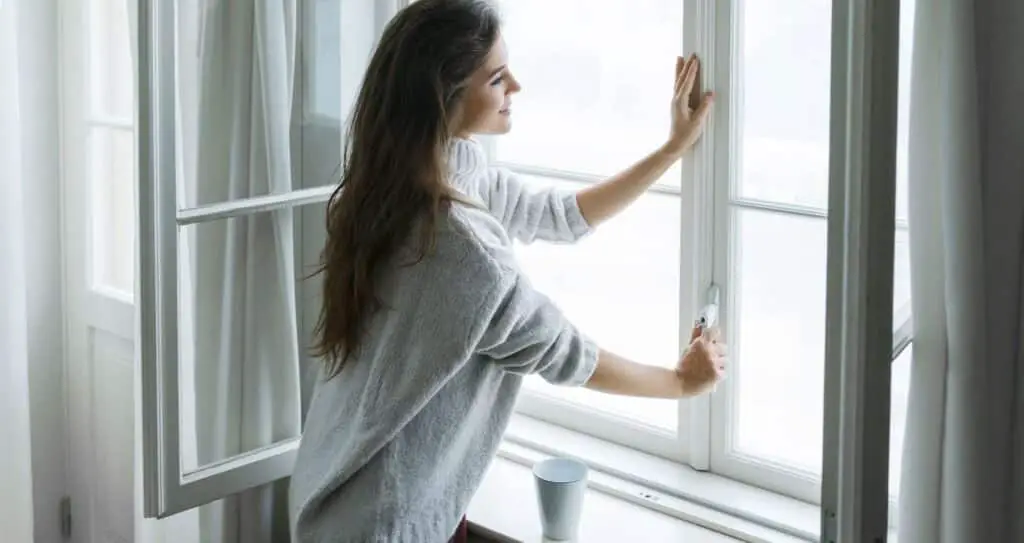
How do you ventilate a room without ventilation?
How to ventilate a room without windows: The best methods
- Install an extractor fan.
- Invest in a dehumidifier.
- Open doors.
- Fit an air conditioning unit.
- Borrow air from another room through a grille.
- Install air bricks.
- Fit a passive vent.
- Consider MVHR.
Ventilating a room without a dedicated ventilation system requires creative solutions to ensure adequate air circulation and prevent the buildup of pollutants. First, maximizing natural ventilation is key. Open windows strategically to create cross-ventilation, allowing fresh air to flow in from one side while pushing stagnant air out from the other. Placing fans near windows can amplify this effect by directing air movement.
Utilizing exhaust fans, like those in bathrooms or kitchens, can also help expel stale air. Door positioning matters – leaving interior doors ajar can enable better airflow throughout the space. Another technique is utilizing portable air purifiers with built-in fans to filter and circulate air.
Reducing indoor humidity through dehumidifiers and managing moisture sources can prevent mold growth. Regular cleaning and removal of dust, allergens, and debris will improve indoor air quality.
While these methods can enhance room ventilation, they might not match the efficiency of a dedicated system. It’s important to strike a balance between these makeshift solutions and seeking professional guidance if prolonged inadequate ventilation is a concern, as it could lead to health issues.
How do you ventilate a room from fumes?
Open the door of the room and place box fans. Direct it to the open door for the fresh air to get in, and the bad air comes out. If you are painting your kitchen, your ducted rangehood could help. It is like a powerful exhaust fan that can help you get rid of paint fumes quickly.
Ventilating a room to disperse fumes effectively requires swift action to ensure the safety and well-being of occupants. Begin by opening all windows and doors to create cross-ventilation, allowing fresh outdoor air to enter and dilute the fumes. Placing fans near windows can accelerate this process by facilitating the outward flow of contaminated air.
If possible, identify and address the source of the fumes. Turn off the emission if safe to do so, and move any items emitting fumes outdoors. If the fumes are potentially hazardous, consider wearing appropriate protective gear while ventilating the area.
Additionally, consider using exhaust fans to direct fumes outdoors, especially in spaces like kitchens and bathrooms. These fans can effectively remove the polluted air and bring in cleaner outdoor air.
Air purifiers equipped with activated carbon filters are also valuable tools for removing fumes and odors from indoor air. These filters are designed to absorb various gases and chemicals, improving the overall air quality.
Prioritizing safety, it’s essential to continue ventilating the room until the fumes have dissipated entirely. If fumes persist or are hazardous in nature, consult professionals and relevant authorities to ensure appropriate measures are taken to safeguard everyone in the space.
How do you ventilate a room without AC and windows?
In this post, we will explore 10 possible solutions to increase air circulation and ventilation in a windowless room.
- Air Conditioning.
- Extractor fans.
- Grills or ventilation fans between rooms. Temporary ducts.
- Leaving doors open.
- Fans.
- Perforated building materials.
- Passive Vents.
Ventilating a room without the presence of air conditioning or windows can be challenging but not impossible. In such situations, focus on utilizing alternative methods to promote air circulation and maintain a comfortable environment.
First, consider using portable fans strategically placed around the room to create airflow. Placing a fan near the doorway can help draw air from other parts of the building. Alternatively, create a natural draft by opening doors in different areas to facilitate the movement of air.
If the room has access to a ventilation shaft, use a fan to circulate air through it, helping to pull in fresher air from other parts of the building.
Using interior doors to encourage cross-ventilation in adjoining rooms can also help improve air movement.
Additionally, if feasible, consider using evaporative cooling methods, like placing a bowl of ice in front of a fan, to lower the room’s temperature and add moisture to the air.
While these methods can enhance air circulation, keep in mind that they may not be as effective as traditional AC and windows for providing optimal comfort. Regularly assess the room’s temperature and air quality, and if possible, explore permanent solutions like installing vents or seeking professional advice for better ventilation options.
Is it better to sleep in ventilated room?
“The air quality in the bedroom can affect your cognitive abilities, such as your ability to concentrate, to understand, and to react. Sleeping in a well-ventilated bedroom benefits your cognitive abilities,” says Pawel Wargocki.
Sleeping in a well-ventilated room is highly beneficial for your overall health and well-being. Adequate ventilation ensures a steady exchange of indoor and outdoor air, which has several positive effects on your sleep quality and overall comfort.
Ventilation helps maintain optimal indoor air quality by preventing the accumulation of pollutants, allergens, and unpleasant odors. Breathing clean air during sleep can reduce the risk of respiratory issues and allergies, leading to more restful sleep.
Proper airflow helps regulate temperature and humidity levels in the room. Sleeping in a room that’s too hot or humid can lead to discomfort and disrupt your sleep patterns. On the other hand, a well-ventilated room promotes a comfortable sleeping environment, which is essential for falling asleep quickly and staying asleep throughout the night.
Moreover, fresh air circulation contributes to the overall sense of relaxation and tranquility, fostering a peaceful ambiance that can aid in falling asleep and staying asleep longer.
Sleeping in a ventilated room offers numerous advantages, including better air quality, temperature regulation, and an enhanced sense of relaxation. By prioritizing proper ventilation, you can create an optimal sleep environment that supports your physical and mental well-being.
What are the key benefits of proper room ventilation in terms of indoor air quality and overall comfort?
Proper ventilation exchanges interior and outdoor air, decreasing pollutants, allergies, and airborne contaminants. This reduces exposure to respiratory irritants, allergens, and toxic substances in stagnant air, making living conditions better.
Well-ventilated rooms also maintain a comfortable temperature and humidity. Ventilation prevents moisture buildup and mold growth by circulating fresh outdoor air. Airflow controls room temperature, preventing it from getting too hot, stuffy, or humid, which can cause pain and sleep disruptions.
Improved ventilation creates a fresher, more appealing atmosphere. Air circulation reduces stuffiness and odors, improving the room’s ambience. Proper room ventilation improves indoor air quality, comfort, and occupant health and well-being.
Can you explain the differences between natural and mechanical ventilation methods, and when would you choose one over the other?
Natural and mechanical ventilation are two distinct approaches to ensuring proper air circulation in indoor spaces, each with its own set of advantages and suitability depending on specific circumstances.
Residential settings and regions that want consistent air quality without mechanical systems use it.
But mechanical ventilation uses mechanical systems like exhaust fans, supply fans, and air conditioning to actively control and guide airflow. This method is excellent for regions with limited natural airflow or where indoor air quality must be exact since it may be changed. Commercial spaces, kitchens, toilets, and other places that need constant airflow use mechanical ventilation.
Climate, building design, occupancy, and air quality determine which strategy to use. Natural ventilation is preferred in eco-friendly designs and temperate climes, whereas mechanical ventilation provides a controlled solution in difficult situations or rooms with specialized air quality needs.
How can strategically opening windows and creating cross-ventilation improve air circulation in a room?
Strategically opening windows and creating cross-ventilation is a simple yet effective method to enhance air circulation within a room. By harnessing natural airflow patterns, this approach significantly improves indoor air quality and comfort.
Air flows from the windward side to the leeward side due to this pressure differential. Open windows let fresh outdoor air in and push out stale indoor air, enabling a constant air exchange.
Cross-ventilation enhances this principle by situating windows to circulate air. This airflow distributes fresh air throughout the space, minimizing stagnation. It works best in rooms with steady wind direction or natural breezes.
These methods improve indoor air quality by removing pollutants and odors, regulating temperature, and reducing moisture buildup that can cause mold and mildew.
What strategies can be employed to ventilate a room when traditional options like air conditioning or windows are unavailable?
In situations where traditional options like air conditioning or windows are unavailable, alternative strategies can still be employed to achieve effective room ventilation:
Portable Fans: Using portable fans strategically placed in the room can promote air movement and create a breeze, helping to circulate air and prevent stagnation.
Interior Doors: Leave interior doors ajar to allow air to flow between rooms. This encourages a natural draft, enhancing air circulation throughout the space.
Exhaust Fans: If there are exhaust fans in adjacent rooms or hallways, leaving them on can help draw air from your room and contribute to improved ventilation.
Ventilation Shafts: If the building has a ventilation shaft, you can use fans to circulate air through it, facilitating the exchange of indoor and outdoor air.
Portable Air Purifiers: While primarily designed to filter pollutants, some portable air purifiers also feature fans that help circulate air in the room, contributing to improved ventilation.
Dehumidifiers: Using a dehumidifier can help control moisture levels, preventing mold growth and enhancing indoor air quality.
Cross-ventilation with Neighboring Spaces: If possible, coordinate with neighboring rooms or units to create cross-ventilation by opening windows or using fans to facilitate air exchange.
Evaporative Cooling Methods: Place a bowl of ice or a damp cloth in front of a fan to create a cooling effect and add moisture to the air.
While these strategies can offer some level of ventilation, keep in mind that they may not match the efficiency of traditional methods. For a more permanent solution, consider exploring options like installing vents or seeking advice from professionals who specialize in HVAC systems and indoor air quality.

Conclusion
Mastering the art of room ventilation is a key component of creating a harmonious and revitalizing indoor environment. The journey through this guide has illuminated the vital role that proper ventilation plays in promoting both physical health and emotional well-being. By ensuring a steady exchange of indoor and outdoor air, we can mitigate the accumulation of pollutants, control humidity levels, and maintain a comfortable temperature range.
Embracing the diverse techniques discussed, from harnessing natural breezes to strategically employing mechanical systems, empowers us to tailor our ventilation strategies to specific spaces and needs. As we conclude this guide, it’s worth remembering that our surroundings significantly impact our quality of life, and ventilation is a cornerstone of that equation.
Through conscious efforts to ventilate effectively, we not only enhance the purity of the air we breathe but also create a more inviting and functional environment. By implementing the insights gained from this guide, you are taking a proactive step toward improving your surroundings and investing in the well-being of those who inhabit them. So, whether you’re rejuvenating your home, optimizing your workspace, or refining any indoor area, let the principles of proper closed room ventilation guide you towards a healthier, more vibrant, and uplifting living space.



